2024 Range Rover Velar P400 Review: It's the Small Details that Count

Love It | Leave It |
|---|---|
Smooth, Plentiful Power | Lack of Hard Buttons/Controls |
Interior Design | Still No P400e in North America |
Pivi Pro System Operation | Exterior Updates Could Be Bolder |
Almost seven years have passed since Land Rover first revealed the Range Rover Velar, a car meant to usher in a new era of design for the iconic British SUV brand.
In the years since, the Velar’s rakish, swept-back looks have spread across the brand, as new versions of the Range Rover, Range Rover Sport, and even the subcompact Range Rover Evoque – a model that predates the Velar – all now have a distinctive Velar-ish resemblance.
After receiving only minor changes over the past six years, the Velar gets what amounts to mid-cycle design update that brings a host of small changes inside and out, along with some new tech features, but don’t impact its mechanical underpinnings or powertrains.
AutoGuide travelled to Miami recently to sample the new Velar, and here’s what we learned.
Status Quo Under the Hood
As mentioned, the changes made to the Velar for 2024 are primarily cosmetic, so its available powertrains carry forward unchanged.
This means the P400e plug-in model, which is sold in Europe and other world markets, is still not available in North America. Will that ever change? It’s hard to know, but the Jaguar Land Rover USA reps we spoke said there are currently no plans to bring the P400e to North America.
Instead, North American models have two main gas powerplants: the 2.0-liter turbo four-cylinder P250, and the P400 3.0-liter turbo inline six-cylinder. The latter utilizes a 48-volt mild hybrid (MHEV) system.
The 2.0-liter four produces 247 horsepower and 269 lb-ft. of torque, while the 3.0-liter inline-six generates 394 horsepower and 406 lb-ft. of torque. A detuned variant, the P340, using the same inline-six with MHEV, is also available for the Canadian market. It produces 335 horsepower and 354 lb-ft. of torque.
All grades are paired with a ZF-sourced eight-speed automatic transmission with standard all-wheel drive.
Minor Styling Update on the Outside
As mentioned, the ’24 Velar receives several changes to its outer appearance. Notable among these is a new grille and new Pixel LED headlights which feature jewel-like daytime running lights. The latter is intended to create a unified look across the Range Rover lineup.
Other exterior changes include a new lower rear bumper, new LED taillights with a 3D design, and a new full-length high-level brake light located at top of the liftgate.
More Significant Changes Inside
While one could reasonably call the Velar’s exterior updates minor, the same cannot be said on the inside, where the car’s design, materials and available tech have received more significant updating.
On the design front, the two-touchscreen setup has been replaced with a single next-gen 11.4-inch curved Pivi Pro multimedia display. The ‘24 Velar is the first JLR model to receive this new screen – its capabilities are detailed further down.
New console and dashboard materials have also been rolled out, including Shadow Grey Ash wood veneer trim, and Moonlight Chrome, which is found on the steering wheel, center console surrounds and air vents. Apart from Shadow Grey Ash wood, Technical Light Anodized and Dark Anodized Aluminum are also available.
These new trim options work in conjunction with four new interior color schemes: Cloud, Caraway, Raven Blue, and Deep Garnet.
The Velar can also be had with a leather-free option that uses new seat designs and materials. The Danish supplier, Kvadrat, uses wool combined with Ultrafabrics polyurethane textile inserts with a new Diamond Herringbone pattern. The wool blends are lighter than leather, by about 58 percent, and are quite durable.
On the durability side, Range Rover says it exposed the new material to 60,000 cycles of abrasion testing (about 10 years of use) and three years of UV testing to ensure it remains robust over the car’s lifecycle.
New Tech
As mentioned, the big news on the tech front is the new 11.4-inch Pivi Pro infotainment touchscreen. The screen uses a new layout that has controls for climate, seating, and audio, and other frequently used items always visible on both sides of the screen.
The screen also has a Pre-Drive start-up panel that provides quick access to commonly used features, such as optional heated seats. Once the car is moving, the panel is replaced by a customizable three-panel home screen.
The new Pivi Pro system supports wireless Apple Car Play and Android Auto, and a wireless device charge pad is in the center console in front of the gear shift behind a door panel. Thanks to embedded eSIM technology and cloud-based architecture, a wide array of third-party apps, such as Spotify and Deezer, are integrated into the system. Amazon Alexa, which can be used to control several settings with voice commands, is also embedded.
Over the air updates, which can be used to update about 80 percent of the Velar’s ECUs, including the Pivi Pro system, navigation mapping, on-board diagnostics, and more, is also standard issue.
Finally, the Velar features Active Road Noise Cancellation technology, which Range Rover says makes it the quietest vehicle in its class for road noise. The anti-noise processed through the car’s sound system reduces overall noise by at least four decibels, or four volume steps.
Grade Walk
As for grades, there are three Velar models in the U.S. and three in Canada. Listed with base MSRP.
U.S.
- S (P250) – $61,500
- Dynamic SE (P250) – $63,600
- Dynamic HSE (P400) – $70,600
Canada
- Dynamic SE (P250) – $68,400
- Dynamic SE (P340) – $76,100
- Dynamic HSE (P400) – $88,500
On the Road
The Range Rover Velar was a smooth, powerful, and quiet-riding SUV before and remains so. We spent about three hours behind the wheel of a P400 tester on a route that took us from downtown Miami to Key Largo and back, and it proved to be quite a pleasant experience.
The acceleration, from rest and at speed, from the turbo inline-six is impressive in all drive modes, and emits a pleasing, luxury-car growl from its concealed exhaust. Range Rover claims a 0-60 mph time of 5.2 seconds with a top speed of 155 mph, and while we didn’t verify those claims ourselves, the Velar indeed feels fast.
The Velar also feels well-planted, with a direct and linear feel that not only applies to its acceleration properties, but also to its steering and handling. Our drive was only on public roads, so we didn’t test its track or off-road capabilities, but if they’re anything like its on-road performance, we think the Velar would stack up well against its (mostly German) competition.
We are also big fans of the changes made to the Velar’s cabin, especially the simplified and faster-operating Pivi Pro multimedia system. One screen is better than two, in our view, and we look forward to spending more time with it as it filters out across the model range. During our brief time with it, it worked splendidly.
The new materials and color options for the dash, center console and seats are also impressive, and having a no-leather seating option is great, but the Velar’s cabin was already quite well finished.
2024 Range Rover Velar P400: The Verdict
Taken together, the Range Rover Velar’s changes make an impressive vehicle even more so. The exterior design changes are somewhat modest, but the cabin updates, especially the new Pivi Pro multimedia system, are significant. And a step in the right direction, in our eyes.
Do we wish the PHEV Velar would cross the ocean? Yes. Do we wish the Pivi Pro system had fewer icons, and that there were at least some hard keys for climate control functions? Double yes.
But these are minor nits that don’t impact the Velar’s appeal much. It remains a handsome, capable, finely crafted SUV that delivers impressive performance, along with an abundance of sophisticated style and advanced technology. Plus, it’s a Range Rover, a marque that requires no explanation.
Become an AutoGuide insider. Get the latest from the automotive world first by subscribing to our newsletter here.
Fast Facts | |
|---|---|
Engine: | 3.0-liter six-cylinder + mild hybrid |
Output: | 394 hp, 406 lb-ft |
Transmission: | 8AT |
0-60 MPH: | 5.2 seconds |
Fuel Economy (mpg): | 19 city, 25 highway |
Fuel Economy (L/100 km): | 12.6 city, 9.4 highway |
As Tested Price (USD): | $71,875 (incl dest) |
As Tested Price (CAD): | $90,450 (incl dest) |

With more than 20 years of industry experience, which includes automotive retail, motorsports PR, and writing and editing for various automotive publications, Lee is an AutoGuide freelancer, and car guy to the core. For nearly a decade and a half, he has married his two consuming passions together – journalism and the automotive industry. Whether it’s providing coverage on debuts from an auto show floor, writing road test reviews, or previewing a new model coming soon, Lee is eager to share his passion for the automotive industry with his readers. He is a long-standing member of the Automobile Journalists Association of Canada (AJAC) and won a feature writing award in 2018.
More by Lee Bailie




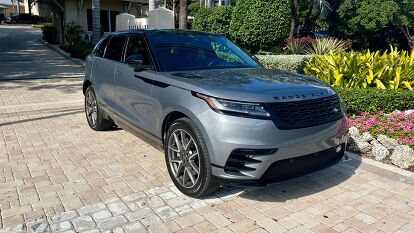





















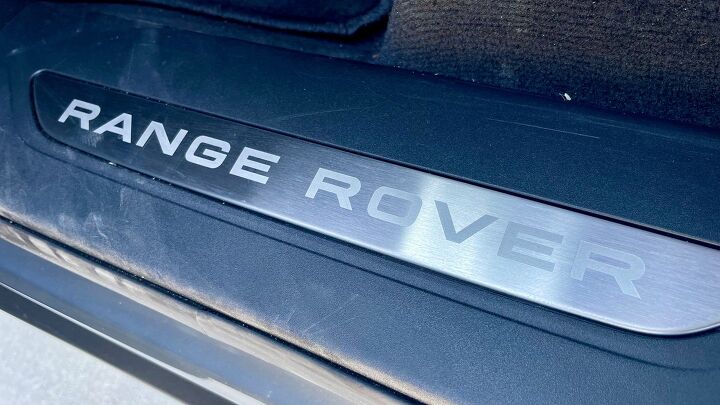
























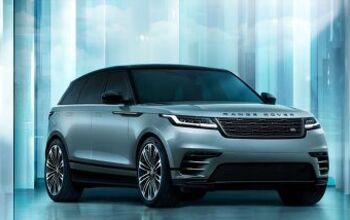
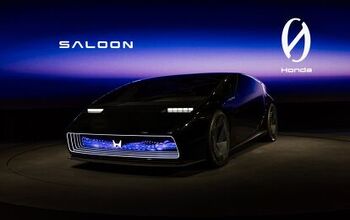

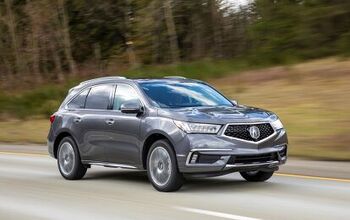



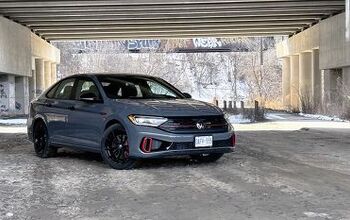
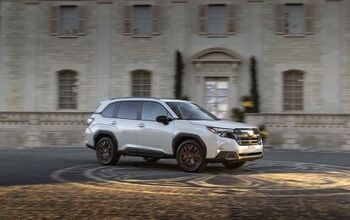


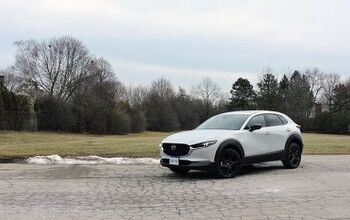
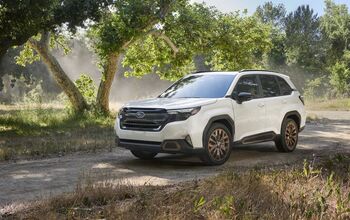


Comments
Join the conversation